Critical Congenital Heart Disease Screening Information for Healthcare Professionals
Pulse oximetry screening is used to detect Critical Congenital Heart Disease (CCHD) in infants. Sometimes called “pulse ox,” this painless, non-invasive test measures the amount of oxygen in the blood. Infants with heart problems may have low blood oxygen levels, and therefore, the pulse ox test can help identify babies that may have CCHD. The pulse ox test takes a few minutes to complete and is performed after the baby is 24 hours old and before he or she leaves the newborn nursery.
About Critical Congenital Heart Disease
CCHD is the most common birth defect and may be detected during the prenatal and postnatal period. It is estimated that approximately 8 of every 1,000 live births will have CCHD. CCHD requires surgery or catheter intervention during the first year of life.
Some babies born with CCHD appear healthy at first, and they may be sent home before their heart defect is detected. These babies are at risk of having serious complications within the first few days or weeks of life, and often require emergency care. Newborn screening helps to identify some of these babies for prompt care and treatment. Timely care may prevent disability or death early in life.
What We Are Doing
Rhode Island birthing hospitals and midwives conducting home births are required to perform pulse oximetry screening for critical congenital heart disease.
What You Should Do
Follow Critical CHD Screening Methods
Current published recommendations focus on screening newborns in the well-baby nursery and in intermediate care nurseries or other units in which discharge from the hospital is common during a newborn’s first week of life. Timing the screening around the time of the newborn hearing screening can help improve efficiency.
A pulse oximeter is used to measure the percentage of hemoglobin in the blood that is saturated with oxygen. Note that a normal pulse oximetry screening does not rule out CCHD. An algorithm that shows the steps in screening is available to view or download on the CDC website.
Follow up with families of newborns who do not pass the screening.
You will be notified if your patient did not pass the screening. Pass results are available in the baby's medical record and the parent/guardian will be given the pass results before discharge. Additional resources for screening and interpretation of results is available here.
